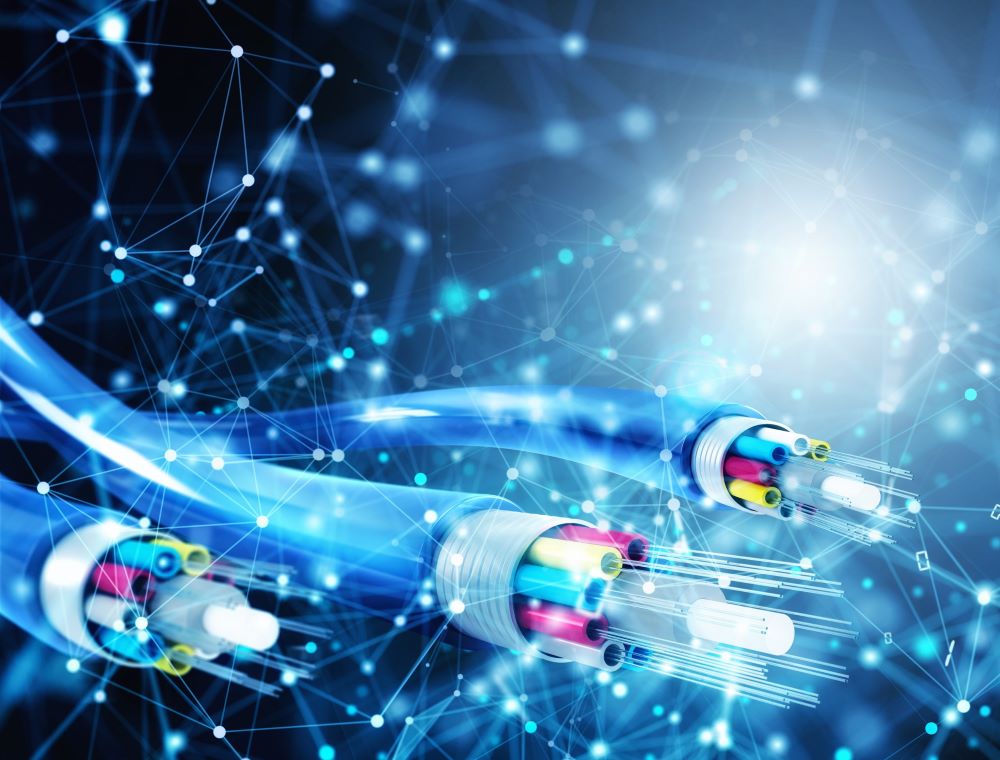4 Considerations for Fiber Optic Installation
The arrival of fiber optic cable has been one of the most amazing technological innovations. These cables carry data and signals through light – not electricity – and can travel greater distances at faster speeds than coaxial cables. To make sure fiber optic connectivity is kept optimal, here are some considerations when handling fiber optic installations.
Minimum Bend Radius
Fiber optic installation is not rocket science. In fact, when compared to UTP or coaxial cable, installing fiber optic cable is easier. During installation, one key thing you should keep in mind with fiber optic cable is that you need to maintain its minimum bend radius. If it is bent tighter, then damaged fibers and increased attenuation is likely. If your cable is unaffected, the attenuation will be fine after the bend is relaxed.
Maximum Tensile Rating
The maximum tensile rating during your fiber optic cable installation should not go over the limit set by the manufacturer. Monitor the tension on the cable when you are using a mechanical pulling device. Center pull techniques or back feeding can make circuitous pulls work well. To enable cable access for back feeding with indoor installations, you can use pull boxes at every third 90 degree bend.
Duct Utilization
It is recommended that while pulling longer lengths of cable through conduit or duct, the fill ratio should be less than 50%. After applying tensile load equally to all cables, you can pull several cables simultaneously. Fill ratio influence can affect high fiber counts, which can help anticipate future requirements.
The cost of additional fibers is less when the additional fibers are not closed until they are required. This is particularly true for installations on the customer’s premises.
Pre-connectorized Fiber Cable Assemblies
Using pre-connectorized fiber optic cables is a key consideration. Even though using factory-terminated interconnect and cross-connect assemblies is acceptable, another special technique is using pre-connectorized backbone and distribution cable.
Keep in mind, you have to protect these connectors during the installation of the connectorized end of these cables.
Final Thoughts on Fiber Optic Installation
Fiber optic cables have been commonly deployed for building management, security, voice links (e.g., audio, intercom, and telephone), fire alarm systems, and other communication links.
If you plan to install fiber optic cable on a larger scale, you should know about some basic considerations fiber optic installation. To get help with this, you can reach out to Americom, one of the biggest communications cabling providers in the county. Our experts will make sure that your building can get a reliable connection in a timely manner.




